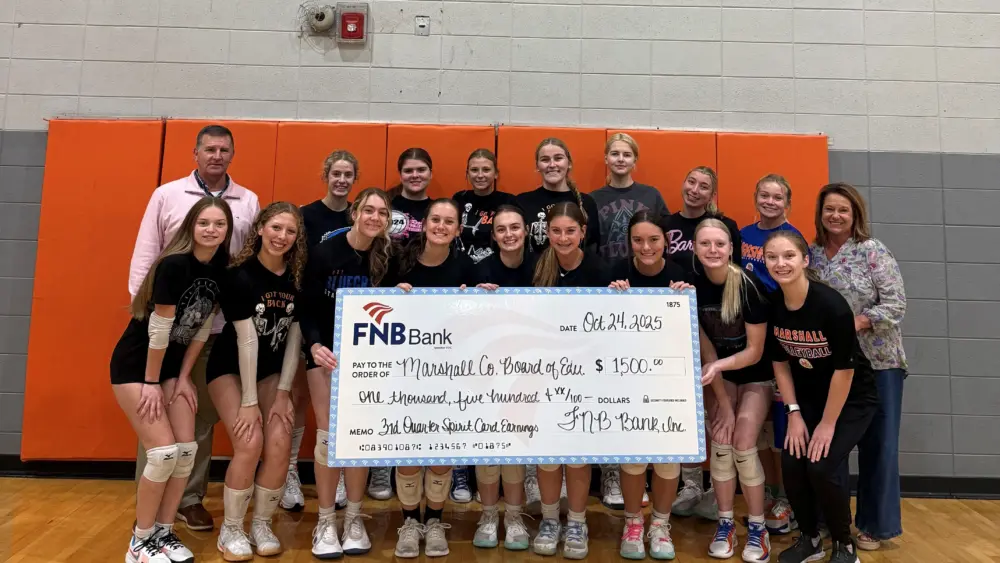Kentucky Transportation Cabinet (KYTC) highway engineers and planning agencies say
perhaps the biggest surprise of the Aug. 21 total solar eclipse was the immediate
surge of outbound traffic once the total eclipse ended.
The KYTC planning division downloaded data from a number of permanent traffic count
stations across western Kentucky for the Aug. 21 celestial phenomenon. It is about
the closest thing to an official crowd count officials can produce for the event.
While crowd numbers were below anticipated attendance for the eclipse, the traffic
count showed a decided jump in numbers as people headed home from their eclipse
adventure.
A section of the Pennyrile Parkway north of Hopkinsville normally carries just over
14,800 vehicles per day. On Aug. 21, that stretch of roadway carried 23,927 vehicles
– a 60 percent jump in traffic for the day. Hopkinsville was among the Top 10 Total
Solar Eclipse viewing areas along the 14-state eclipse corridor.
The biggest surge in traffic – 222 percent – across the Commonwealth was along U.S.
31E in Hart County.
Other significant numbers include:
U.S. 641 – Marshall County +43 percent
U.S. 62 – Grayson County +123 percent
I-65 – Warren County +44 percent
I-24 – Lyon County +37 percent
U.S. 68 – Logan County +122 percent
Oddly enough, a few locations actually showed below average numbers. U.S. 45 in
northern Graves County was 9 percent below normal. Some analysts attributed that to
local residents staying home to avoid the anticipated traffic crunch across the
20-county region in Kentucky.
Highway engineers noted that the worst traffic snarl was at the Interstate
69/Western Kentucky Parkway/Pennyrile Parkway interchange south of Madisonville were
I-69 traffic from Princeton, Dawson Springs and the Kentucky-Barkley Lakes area met
northbound traffic on the Pennyrile Parkway. Traffic working through the interchange
created about a 10-mile backup on the Pennyrile Parkway. As motorists heading east
on the Western Kentucky Parkway reached the Elizabethtown interchange with I-65,
there was another major backup.
KYTC District 2 chief engineer Wade Clements said considering the mass of people who
filtered into the area to witness the total eclipse, things went pretty well.
“Most people came prepared. Over the last six months, we had sent dozens of news
releases and advisories to let travelers know that traffic congestion and delays
would be likely due to the high volume of traffic that was anticipated for the
event,” Clements said. “Our Kentucky Transportation Cabinet staff monitored traffic
and worked with Kentucky State Police and other agencies to respond quickly when
there was a traffic crash obstructing or slowing traffic.”
Clements noted that it’s always difficult trying to predict human behavior on a mass
scale. He gave the eclipse chasers high marks for their patience.







